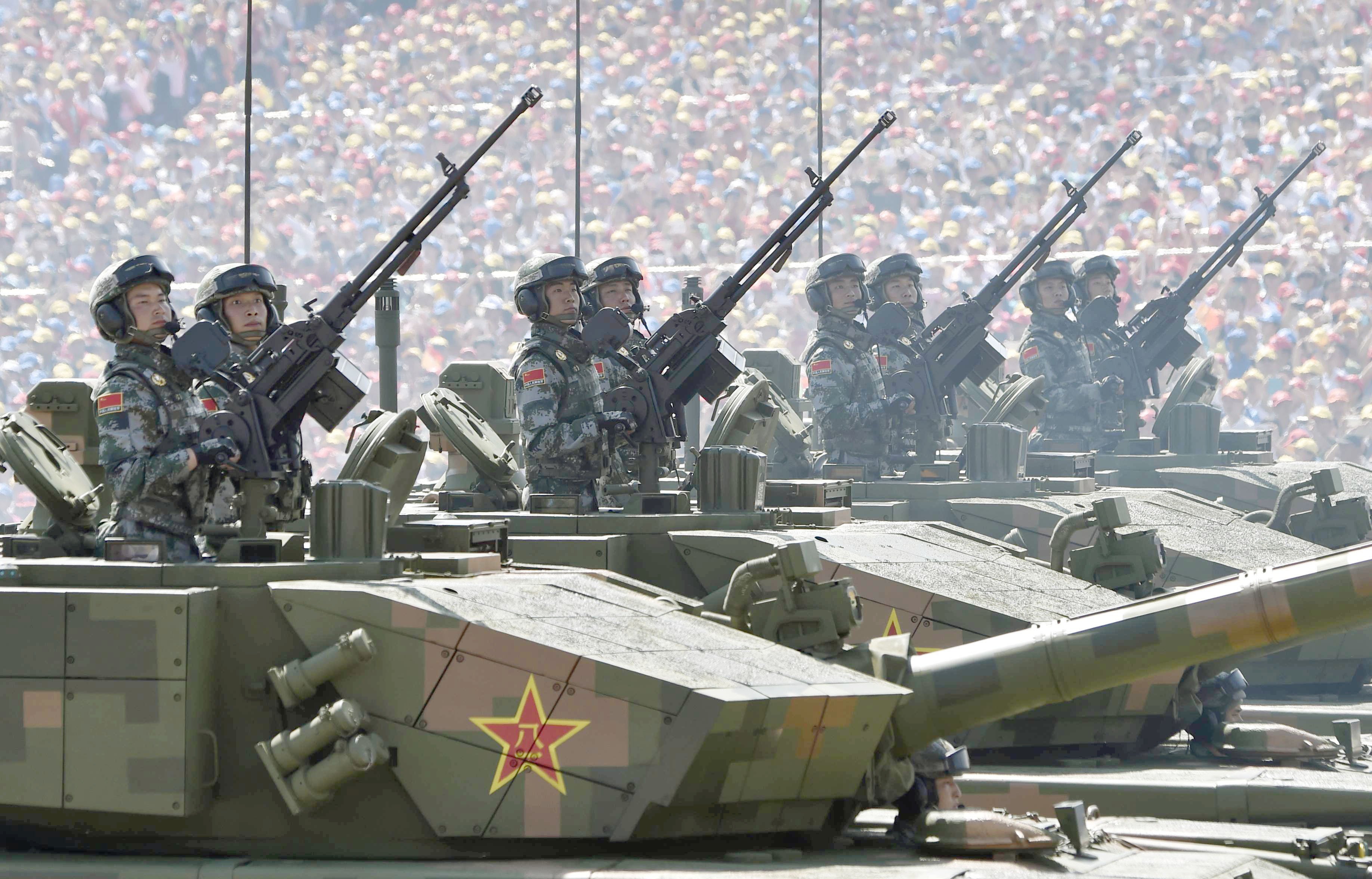

In 1902, he received US Patent 707,892 for “a dry method of swelling starch materials of all kinds to render them porous, thereby enhancing their nutritive value and rendering them more readily and completely digested.” The following year he signed an agreement with Quaker Oats to begin large-scale production of puffed rice and wheat cereals. In the following years, more businesses sprung up in response to cereal’s growing popularity, including the Natural Food Company (creators of Shredded Wheat), Post, and Quaker Oats.Īs cereal spread to an increasing number of American homes, Anderson believed his invention had commercial potential. Kellogg was selling two tons of granola per week. Six years later the brothers invented a more palatable alternative-cornflakes. Kellogg began advertising and selling the cereal outside of the sanitarium. Kellogg, an astute businessman and later founder of the eponymous cereal brand, Dr. John Harvey Kellogg began offering patients his own version, called Granola (swapping Jackson’s “u” for an “o” to avoid a lawsuit). Unappealing though it may sound, Jackson’s bland Granula inspired a parade of imitators and innovators. This early advertisement emphasized the cereal’s health benefits, claiming the product carried “the Largest Amount of Nutrient in the Smallest Bulk.” Originally published in The Journal of Electro-Therapeutics, December 1893 (backmatter). The brick-hard chunks that resulted were only edible after soaking in milk or water for at least twenty minutes.Īn 1893 advertisement for Dr. The recipe was simple: graham flour mixed with water, baked, crumbled into pieces, and baked again. The product, named Granula, fit well with the restorative and healthful vegetarian diet Jackson promoted. In 1863, James Caleb Jackson, proprietor of the "Our Home on the Hillside" sanitarium in Danville, Connecticut, invented the first ready-to-eat dry breakfast cereal.

The botanist knew he had accomplished more than proof of his hypothesis Anderson’s invention presented an opportunity to expand upon the growing market for cold breakfast cereals.Īmericans first encountered the now ubiquitous dish in mid-nineteenth century health spas, called sanitariums, which promoted exercise, nutrition, and some rather unorthodox medical treatments. In 1902, Anderson conducted more experiments to puff rice, wheat, and other starches and seeds.
PROFESSOR FIZZWIZZLE HEAT GUN CRACKED
When the tube cracked open, the pressure dropped, and the water in the starch immediately vaporized and expanded-making puffed cornstarch. The tube had pressurized as the temperature rose, while the hermetic seal prevented the water in the starch from boiling. He removed a still-hot tube and struck it with a hammer-pow! The starch granules transformed into a porous, fluffy white substance. Anderson then heated the materials to over 400 degrees Fahrenheit. He added powdered starch to glass tubes, sealed them, and placed the airtight containers in an oven. After months of experimentation, Anderson realized that a small explosion might produce the results he sought. The botanist wanted to prove that cornstarch granules stored an infinitesimal amount of water in their central nuclei. Courtesy of the Minnesota Historical Society Anderson with the cannon he used to invent puffed grain for cereals, 1933. Who was this Professor Anderson? Did he really cook cereal in toy cannons? I had to know more! Although the true story is not quite so outlandish as the commercial suggests, I found Anderson’s tale to be a fascinating anecdote in American breakfast history.Īlexander P.


The narrator warns us, “associates fear the kindly professor has lost his mind.” Fear not though, for “out of the professor’s cannon came a glorious discovery: Quaker Puffed Rice and Puffed Wheat, the cereals shot from guns.” Tchaikovsky’s “1812 Overture” plays as blizzards of puffed cereal fly out of cannons and children enjoy big spoonfuls of these “nourishing little puffs of pleasure.” The 1950s Quaker Oats advertisement opens on an actor in a white lab coat, portraying Professor Alexander Anderson lighting a toy cannon with a candle. While delving into all things “Eat,” a vintage television commercial grabbed my interest. Right now in Spark!Lab, we’re exploring the theme “Eat.” Watching visitors devise creative new ways to grow, harvest, transport, and cook food has piqued my curiosity about the inventors and inventions behind many of my everyday meals.


 0 kommentar(er)
0 kommentar(er)
